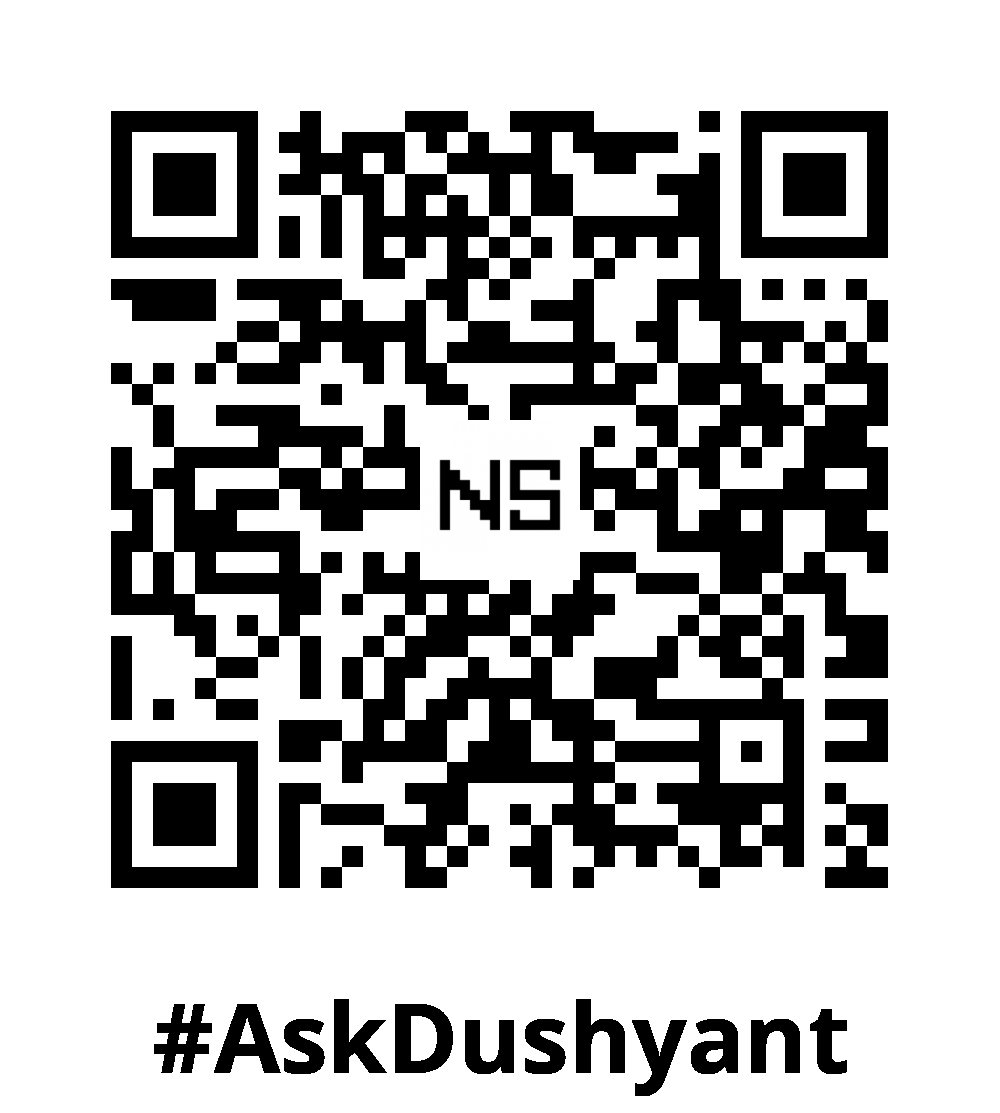Scrum has become the backbone of modern software development teams. It offers structure, focus, and agility in delivering value to users. In this tech concept, I will explain Scrum in detail, covering its roles, ceremonies, artifacts, and real-world application so that your team can adopt it successfully.
For over two decades, I’ve been at the forefront of the tech industry, championing innovation, delivering scalable solutions, and steering organizations toward transformative success. My insights have become the trusted blueprint for businesses ready to redefine their technological future.
What Is Scrum?
Scrum is an agile framework designed to help teams deliver user driven product asks in short cycles called Sprints. Each Sprint is a time-boxed iteration, usually 1–2 weeks, that results in a potentially shippable increment. This increment is tested, validated, and ready for stakeholders to review.
Core Principles of Scrum
- Empiricism: decisions based on observation and feedback.
- Lean Thinking: minimize waste, maximize output.
- Self-Management: teams decide how to achieve Sprint goals.
Scrum Roles Explained
Product Owner (PO)
- Defines the product vision and prioritizes the Product Backlog.
- Writes user stories with clear acceptance criteria.
- Ensures the product delivers maximum business value.
Example user story:
As a returning shopper,
I want to checkout with one tap,
So that I can complete purchases faster.
Acceptance Criteria:
1. One-tap checkout visible after first purchase.
2. Stored card used for payment.
3. Order confirmation displayed in under 2 seconds.
Scrum Master (SM)
- Facilitates Scrum events and removes impediments.
- Coaches the team to adopt Scrum values.
- Shields the team from distractions and scope creep.
Developers (Team)
- Build, test, and deliver increments of value.
- Commit to Sprint Goals rather than individual tasks.
- Ensure all work meets the agreed Definition of Done (DoD).
Scrum Artifacts
- Product Backlog
A prioritized list of features, bugs, and tasks. Items should follow the INVEST principle: Independent, Negotiable, Valuable, Estimable, Small, Testable. - Sprint Backlog
The subset of the Product Backlog selected for a Sprint. It includes a clear Sprint Goal and tasks needed to deliver it. - Increment
A working piece of software that meets the DoD. It must be ready to demo and deploy.
Example DoD checklist:
- Code reviewed and merged
- Unit tests passed (80% coverage or higher)
- Integrated with CI/CD pipeline
- Documentation updated
- Deployed to staging or production Scrum Events
- Sprint Planning
- Duration: 2–4 hours for a 2-week Sprint.
- Output: a Sprint Goal and Sprint Backlog.
- Tip: choose items that deliver the most value in the shortest time.
- Daily Scrum
- Duration: 15 minutes daily.
- Focus on what was done, what will be done, and any blockers.
- Sprint Review
- Stakeholders review the increment.
- Team demonstrates working software, not slides.
- Feedback informs the next backlog refinement.
- Sprint Retrospective
- Teams reflect on what worked and what needs improvement.
- Decide on 1–2 concrete actions for the next Sprint.
Estimation and Planning
Sizing Work
- Planning Story Points: Teams estimate complexity using Fibonacci numbers 1, 2, 3, 5, 8, 13… . It define size by complexity/unknowns, not hours.
- T-Shirt Sizing: XS–XL for early roadmap items.
- No-Estimate Variant: break work into similarly small slices and count throughput.
Capacity & Velocity
- Capacity: people × effective days × focus factor (e.g., 6 devs × 8 days × 0.7 ≈ 33 dev-days).
- Velocity: average story points completed per Sprint (use last 3–5 Sprints).
- Forecasting: Backlog points ÷ Velocity = Sprints to finish (approx).
Definition of Ready vs. Definition of Done
- Definition of Ready (DoR)
- User story is clear.
- Dependencies identified.
- Test scenarios known.
- Definition of Done (DoD)
- Code merged and reviewed.
- Tests passed.
- Documentation updated.
- Accepted by Product Owner.
Sprint Calendar Example (2 Weeks)
- Mon 10:00 – Sprint Planning
- Daily 10:15 – Daily Scrum
- Thu W1 15:00 – Mid-Sprint Check
- Wed W2 14:00 – Code Freeze
- Thu W2 11:00 – Sprint Review
- Thu W2 12:15 – Retrospective
Why Tech Teams Love Scrum
Scrum is ideal for products in the early to growth stages, when teams must experiment, validate features, and adjust roadmaps frequently. It also suits complex enterprise platforms where cross-functional collaboration reduces silos and ensures faster delivery. For stable, maintenance-heavy projects with well-defined requirements, Kanban or waterfall may work better, but for innovation-driven environments, Scrum remains the most effective choice.
- Faster delivery: small, tested increments ship quickly.
- Reduced risk: early feedback prevents costly mistakes.
- Team empowerment: autonomy leads to better engagement.
- Predictable outcomes: velocity and cycle times improve planning accuracy.
My Tech Advice: Scrum is not about rigid rules; it is about enabling collaboration, continuous improvement, and delivering value fast. When practiced with discipline, it helps teams navigate uncertainty, stay aligned with business goals, and build products users love.
Facing issue with product delivery ? Try the above tech concept, or contact me for a tech advice!
#AskDushyant
Note: The names and information mentioned are based on my personal experience; however, they do not represent any formal statement.
#TechConcept #TechAdvice #Scrum #ProjectManagement


Leave a Reply